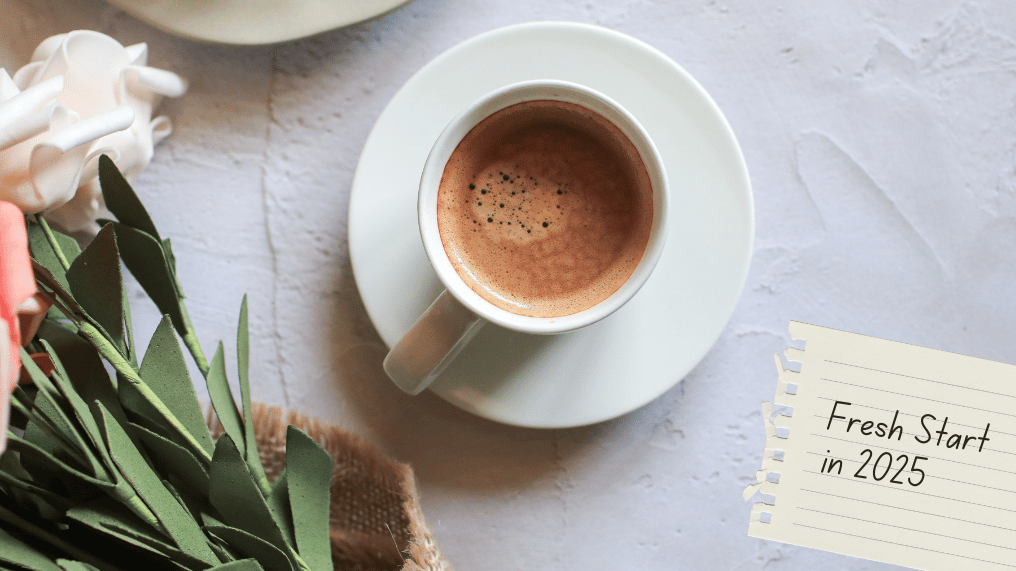The Core of Good Marketing Content – High Impression or High-Impact?
Half the money I spend on advertising is wasted; the trouble is I don’t know which half.
John Wanamaker, American merchant and founder of one of the first American department stores, considered a “pioneer in marketing”
In reality, much of the wasted money is the portion that customers cannot resonate with, i.e. content that has no impact. For majority of the marketing campaigns, if impressions and conversions are measured and compared, nearly 60% of the marketing content fails to meet its expected performance target.
Content blowout makes it increasingly hard to become phenomenal
Nowadays, many brands has established their presence across various social media networks. Around 66% of brands have 2-3 or even more social media accounts.
The competition among brands in the content ecosystem intensifies over time, and as a result, the share of customers’ attention has been diluted. The increasingly flourishing content ecosystem and the massive amount of fragmented content continuously dilute attention, resulting in a decrease in content reach and potential impact of marketing content.
Be Authentic and High-impact
What content is high-impact marketing content?
- High-impact content is strongly relevant to customers. Content with high potential impact often emotionally engages customers, easily evoking feelings of pride, ambition, and other deep-rooted emotions from their heart. A major difference of high-impact content to high-impression content is, content with high impression can be more simple and direct, more focused on e-commerce-related promotions like coupons or discounts, that drives sales.
- Both high-impact and high-impression content emphasize visual power. Interestingly, some high-impact content tends to be audacious on overall colour and styles, sometimes even going to the opposite side of their brand’s logo or colour palette; while high-impression content typically adopts the ‘branded colour’, with an overall more conservative style.
- Regardless of whether the content has high-impact or high-impression, creativity remains the key factor for content marketing. Compared to regular product launches and seasonal marketing, content with genuine creativity can often gain an additional 5-10% in impression and interaction, and such content is more likely to create a genuine bond with the customer.
- Content with both high-impact and high-impression are often seen in marketing campaigns related to festivals and holidays. In B2C marketing, high-impact content often promotes a flagship product, while high-impression content typically promotes a series of new products. For B2B marketing, high-impact content is generally knowledge-based, like professional blog posts or research papers; while high-impression content focuses on events and live-streaming announcements.
- Lastly, both high-impact and high-impression content invites consumers to participate to engage with their content, such as giving likes for gifts, or participating in lucky draws. While it may seem a bit old-fashioned, it may still be an effective way to increase content impact.
Marketing is data-driven. It requires data analytics to perform well. This is especially true for content marketing as understanding of the customer segments, content interaction rates, impressions and reach are all essential for creating high-impact content.
Furthermore, by leveraging data insights, we can push content to the audience at the right time, in the right form, and on the right platform, maximizing the potential impact of the content on the platform.
Create your high-impact content with us.

 Previous Post
Previous Post Next Post
Next Post



